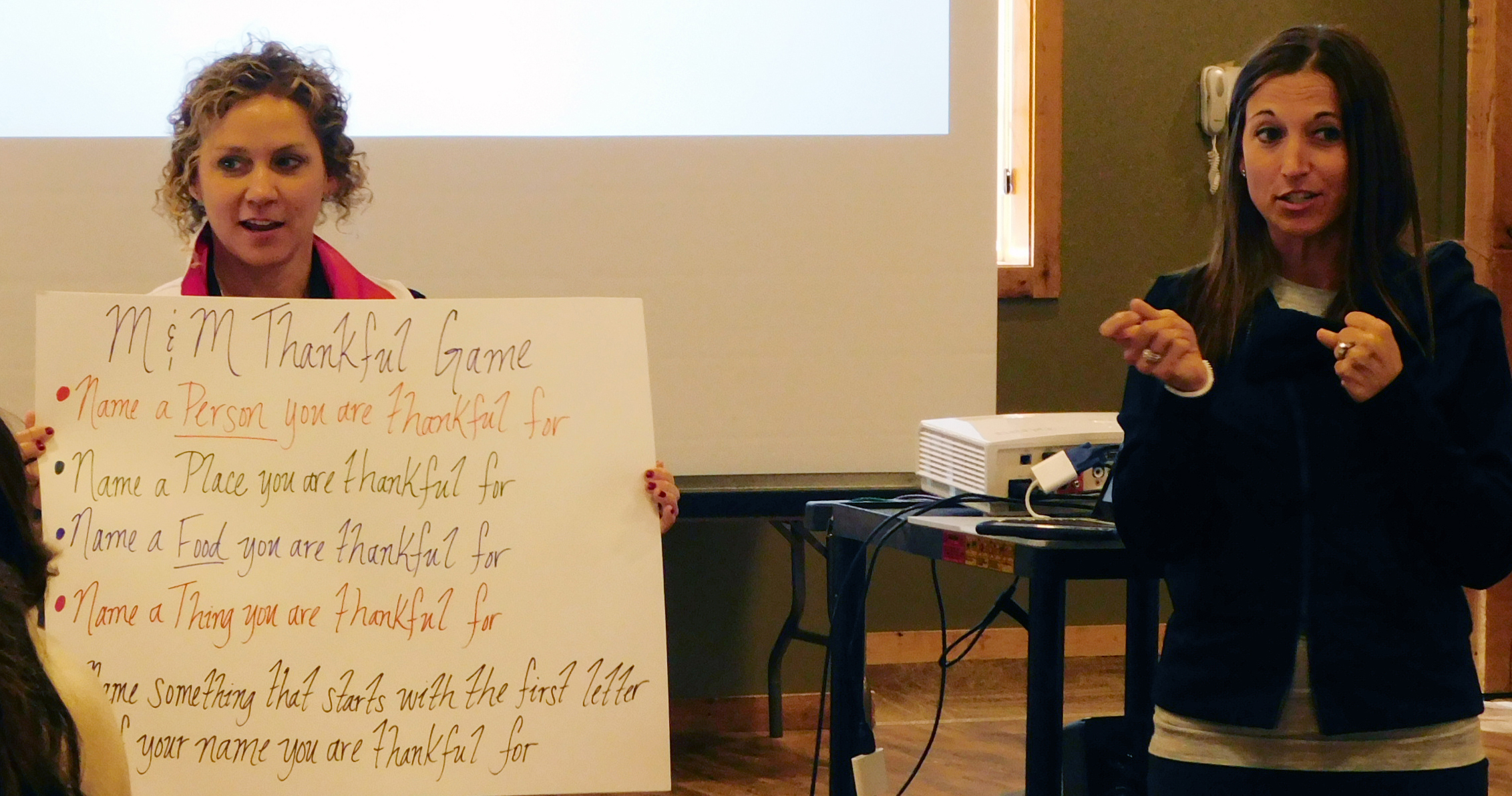Children, Families, and the Law, Center on

Center on Children, Families, and the Law: Faculty Publications
Document Type
Article
Date of this Version
2017
Citation
Training and Development in Human Services, Volume 9, Number 1 (2017), pp. 8-14.
Abstract
The Children’s Bureau (CB) provides a system of training and technical assistance (T/TA) to build the capacity of state and tribal child welfare systems, with the goal of improving outcomes for children and families. During the time period of 2008-2014, this infrastructure included ten National Child Welfare Resource Centers (NRCs), five Child Welfare Implementation Centers (ICs), and a Training and Technical Assistance Coordination Center (TTACC). Individual ICs and NRCs differed in structure and content expertise, yet they served the same jurisdictions and at times provided services concurrently. To increase cohesion and consistency, the NRCs, ICs, TTACC, and CB worked together to develop a service delivery approach for delivering T/TA services. This approach encompassed an overall vision of T/TA that promoted individualized, coordinated, and evidence-informed services. Operationalization of the model incorporated a standardized business process for responding to T/TA requests. This included a Standard Assessment Tool that supported identifying the desired outcomes of services and assessing the jurisdiction’s ability to make use of the T/TA by considering elements of readiness for organizational change. CB also encouraged the NRCs and ICs to apply concepts from research on leadership and implementation to their services; these frameworks supported involvement of stakeholders in the assessment process and throughout T/TA delivery. Three examples illustrate how T/TA consistent with this service delivery approach were provided to one tribal nation and two states.
Included in
Administrative Law Commons, Courts Commons, Criminology and Criminal Justice Commons, Domestic and Intimate Partner Violence Commons, Family Law Commons, Family, Life Course, and Society Commons, Juvenile Law Commons, Law and Psychology Commons, Law Enforcement and Corrections Commons, Nonprofit Organizations Law Commons, Social Policy Commons, Social Welfare Commons, Social Welfare Law Commons


Comments
Copyright © 2017 NSDTA/APHSA.